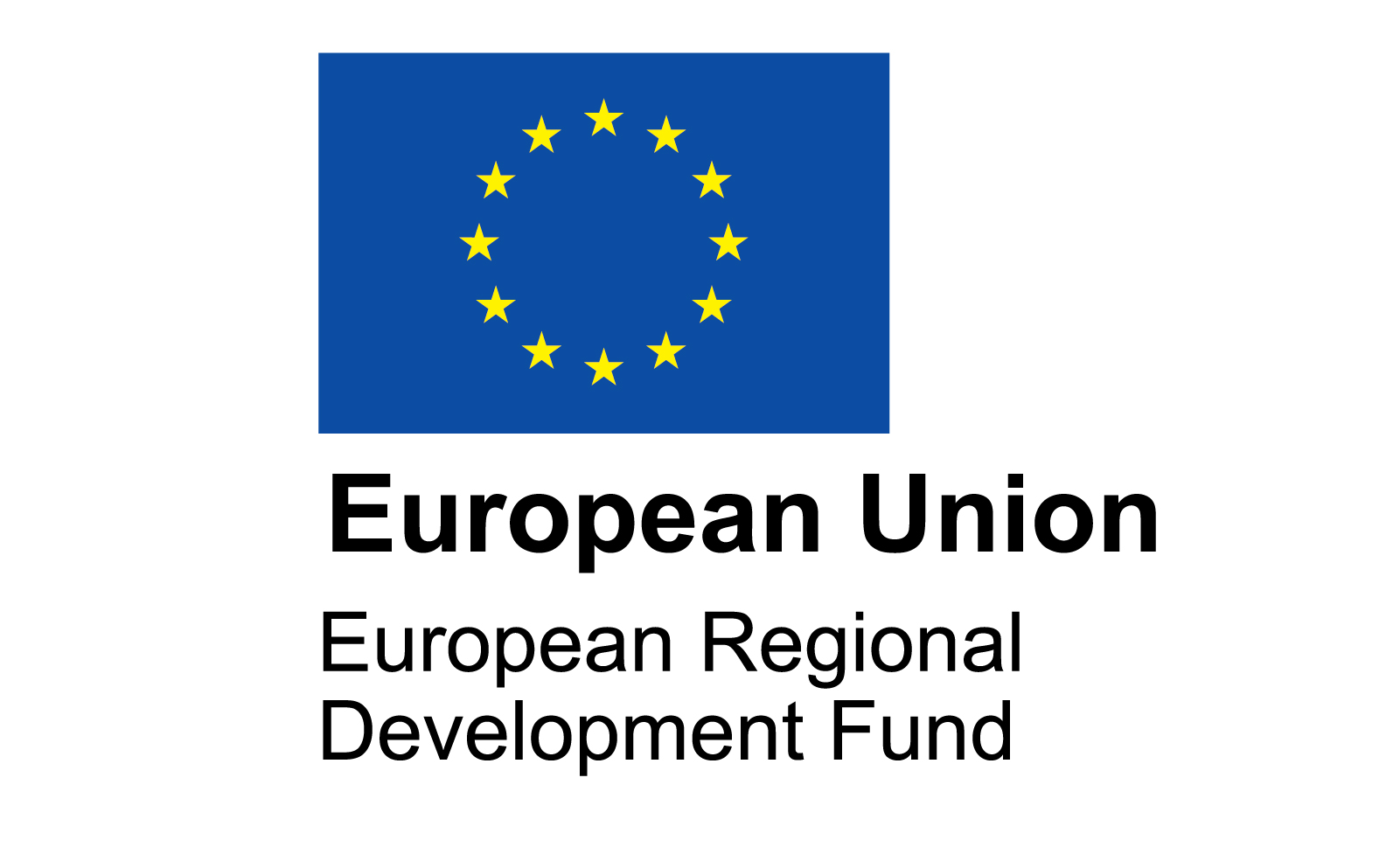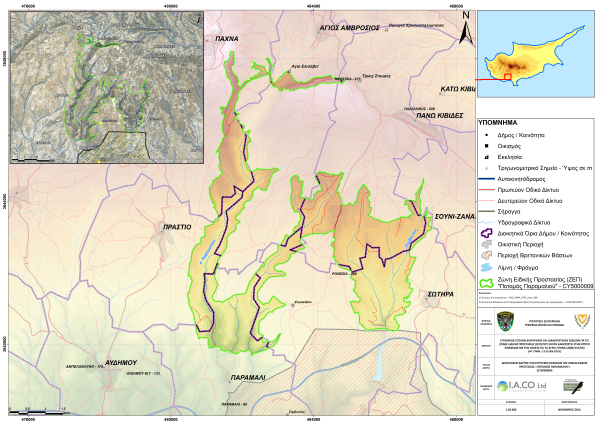CLIENT: J+A Philippou Architects Engineers LLC
The Scope of the study was the hydrological and hydraulic analysis of the, as designed and partially built, stormwater drainage network of the “City of Dreams Mediterranean” at Zakaki (hereby referred to as the CODM), in Limassol.
The main goal of the study was to examine the hydraulic performance of the CODM’s primary drainage system, and the receiving pipeline of the Sewerage Board of Limassol-Amathus (hereby referred to as SBLA pipeline) in the west, in order to:
- Identify any insufficient parts of the development’s drainage primary network to safely route the collected stormwater runoff with a return period of 1 in 5 and 1 in 10 years,
- Examine the capacity of the SBLA pipeline to accommodate the examined drainage flows generated from the CODM development.
The hydrological and hydraulic analysis was conducted using the EPA Storm Water Management Model (SWMM). SWMM is a dynamic rainfall-runoff simulation model used for simulating the runoff quantity and quality from primarily urban areas. The runoff component of the SWMM operates on a collection of subcatchment areas that receive precipitation and generate runoff. The routing portion of the software transports this runoff through a system of pipes, channels, storage/treatment devices, pumps and regulators.
The set-up of the model took into consideration the following drawings/plans, as provided by the Client:
- “As-Built drawings” of the CODM’s drainage system,
- “Finishes Plan” with indication of the Final Levels of the CODM development,
- “Master Plan” of the CODM development indicating the various land uses,
- “Tennis Academy” drainage plan,
- “Subsoil Drainage” drawing.
The CODM’s drainage network will be comprised of 359 Manholes and 354 Conduits, including the SBLA pipeline in the west. The development’s drainage system consists of two Main Conduits; the “North” which discharges into the manhole “MH10” and the “South” which discharges into the manhole “MH8” of the SBLA pipeline.
The estimation of the generated runoff from the development was achieved by first dividing the study area into 328 subcatchments, and each subcatchment has, as an outlet point, a manhole receiving surface runoffs. The precipitation data were obtained from the Meteorological Note No. 15, published by the Department of Meteorology, and concern the rainfall Intensity-Duration-Frequency curves (IDF curves) of the Meteorological Station (MS) No. 394, which is located at the Limassol Municipal Garden at the northeast of the study area. For each subcatchment, conduit and manhole, the required from the model geometrical characteristics were imported into the model.
The hydraulic simulations were performed for the 1 in 5-yr and 1 in 10-yr rainfall event. The hydraulic simulations showed that both the CODM development’s primary drainage system and the SBLA pipeline, can sufficiently accommodate the stormwater runoffs collected from the CODM’s drainage system for the 1 in 5-year flood event, which is the most common design criterion of stormwater drainage systems. However, it was found that the CODM’s drainage system and the receiving SBLA have the capacity of accommodating runoff flows collected for up to 1 in 10-year flood events, on the basis of the assumed initial conditions.



